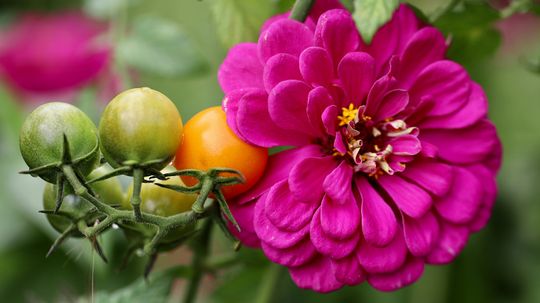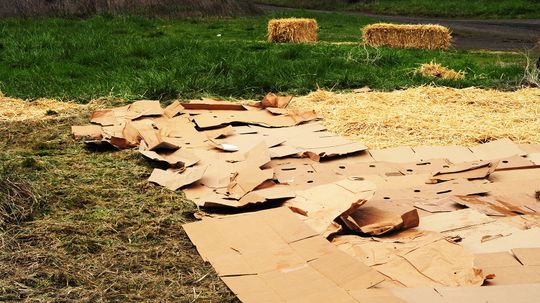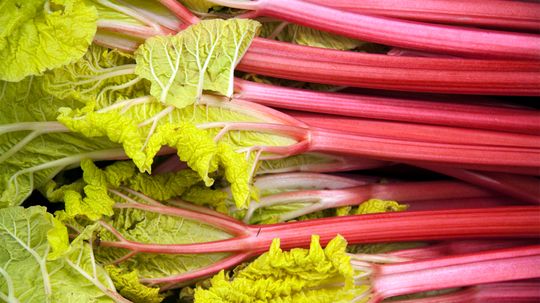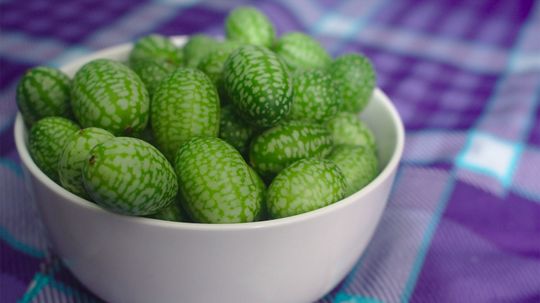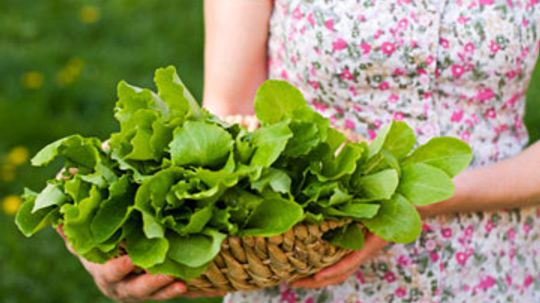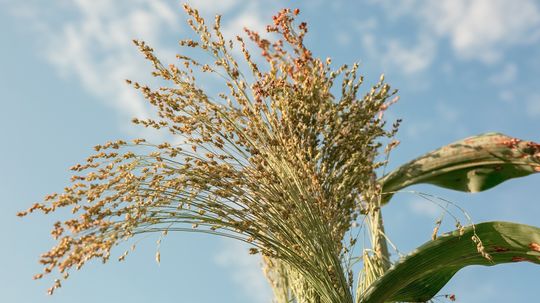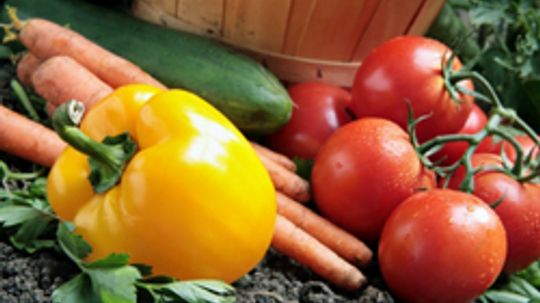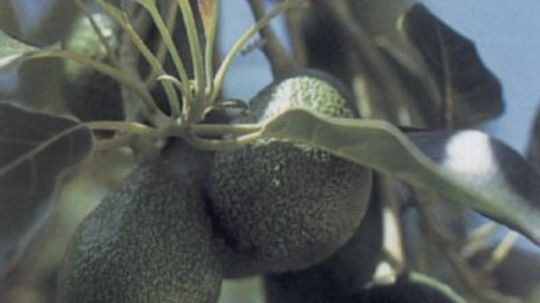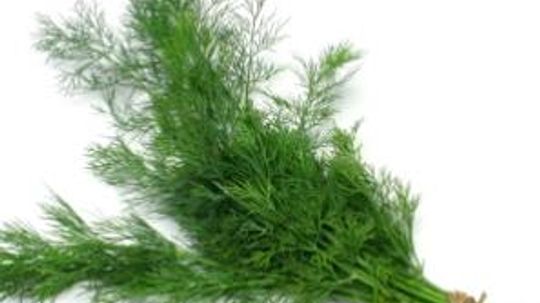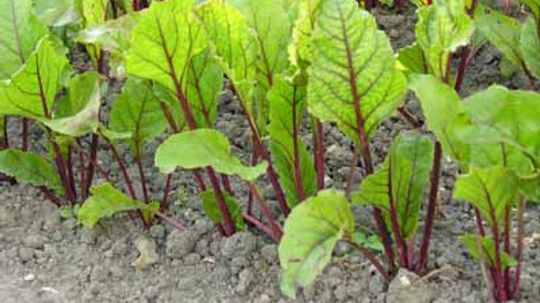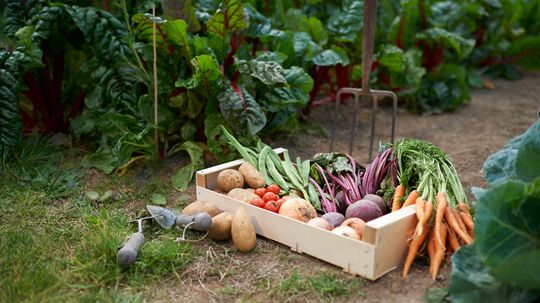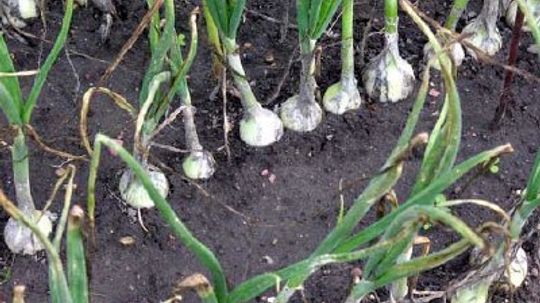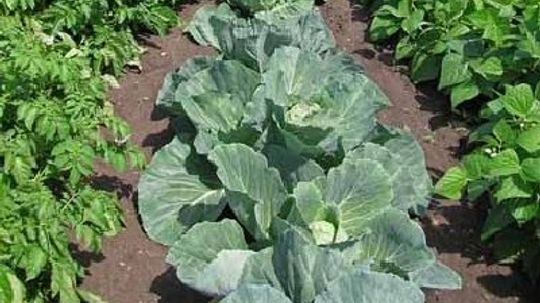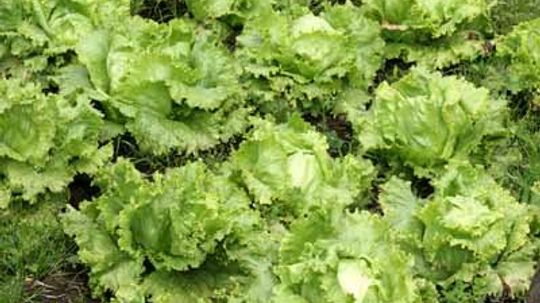Herb and Vegetable Gardens
Herb and vegetable gardens are a great addition to your yard and kitchen. Learn all you need to know about planting herb and vegetable gardens.
Learn More
Starting your own vegetable garden can be a rewarding and delicious hobby. But choosing the right vegetables can make the difference between a bountiful harvest and a frustrating experience. If you're a beginner, you'll want to start with the easiest vegetables to grow in different seasons.
By Mack Hayden
Learn which plants benefit each other - and which plants shouldn't be neighbors - to get the most out of your garden.
By Kate Morgan
"Lasagna gardening" is a no-till, no-dig method of organic gardening that helps create rich, healthy soil and requires very little work to get started.
By Kate Morgan
Advertisement
You know that an apple a day keeps the doctor away, but what's your IQ on the lesser-known fruits (and veggies) of the world? Take our quiz to find out!
By Alia Hoyt
What vegetable is often mistaken for a fruit, has poisonous leaves but is still edible and is often harvested by candlelight? Yep, that would be rhubarb.
The cucamelon is about the size of a grape but it packs a big, tart punch. Just don't expect cucamelons to taste like cucumbers or watermelons!
Sure, you could take a wrecking ball to everything that casts a shadow on your yard. But it's way easier to simply plant some veggies that thrive on shade. Which seeds should you sow?
Advertisement
You can't always have fresh herbs, but you can have freshly dried herbs if you learn how to dry your own herbs at home. Learn how to dry herbs in this article.
If you know how to grow sugar beets you'll always have a good source of carbohydrates, protein, minerals and vitamins. Read this article and get more information about how to grow sugar beets.
Lately your friends are all talking about how easy it is to plant alfalfa seeds. Read in this article all about alfalfa and how to plant alfalfa seeds.
Millet is a popular food that's easy to grow yourself. Here's a guide to how to grow millet.
Advertisement
Keep rabbits out of your garden with fencing, tree guards, aromatic repellents or human hair. Learn how to keep rabbits out of your garden in this article.
Chili peppers can spice up a variety of dishes, making your mouth burn and your eyes water, but what makes these peppers so hot?
By M.J. Plaster
Now, more and more produce eaters are looking for produce grown even closer to home -- their own backyards. But it may not be as easy as planting the seed and watching it grow.
Avocado can be fun to grow in a glass. Be sure to not submerge the pit in water but to plant it in soil upon root growth. Learn more about prodding branch growth.
Advertisement
Dill is a wonderfully versatile annual that is both beautiful and edible. The feathery foliage and yellow flowers are both distinctively decorative and quite tasty. Read about caring for dill.
By Lynn Adams
Many vegetable gardeners prefer to use non-chemical means to keep pests away. Simple steps like disease-resistant seeds and crop rotation can help keep your garden healthy. Learn about organic pest control for your vegetable garden.
By C. Colston Burrell
Planting a vegetable garden at home is great. Vegetable gardens offer health benefits and save money. Learn crop selection, proper seeding and transplanting techniques, and the conditions that will make your garden thrive.
Sometimes even the most experienced gardener runs into a trouble spot in the vegetable garden. In this article, we provide you with a number of effective vegetable garden growing tips to help you succeed.
Advertisement
Successful vegetable gardens start with careful vegetable selection, good soil preparation, and great vegetable plot placement for a bountiful harvest. Learn everything you need to know about starting a vegetable garden.
By the Editors of Publications International, Ltd. & Desiree Bowie
Successful vegetable gardens need to be weeded, watered, fertilized, and maintained all through the growing season to ensure a bountiful crop. Learn everything you need to know about caring for a vegetable garden.
Growing a vegetable garden is a great addition to your current gardening skills. We'll teach you about the different vegetables types, planting methods, and proper veggie garden care. Learn about vegetable gardens.
Vegetable plants sometimes need stakes, cages, or trellis systems to ensure healthy growth and a good crop. Tomato plants in particular need support systems to thrive. Learn all about staking vegetable plants.
By C. Colston Burrell
Advertisement
A compost pile is a great resource for your vegetable garden. It provides nutrient-rich soil, and it helps clear away some of your kitchen waste. Learn all about maintaining a compost pile.
By C. Colston Burrell
Lettuce is a staple of the American diet. Let it become a regular part of your vegetable garden, too. This article includes tips on growing, selecting and preparing lettuce, and information about its health benefits.

